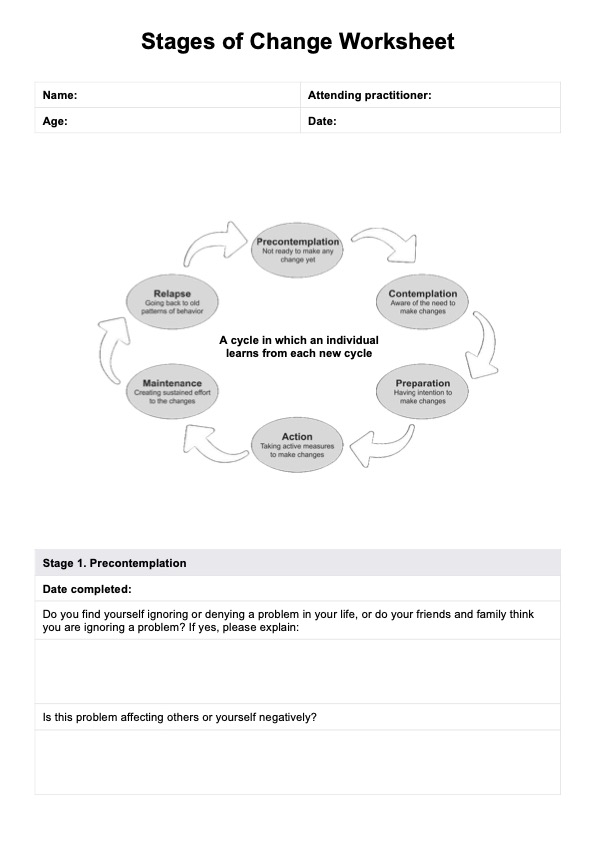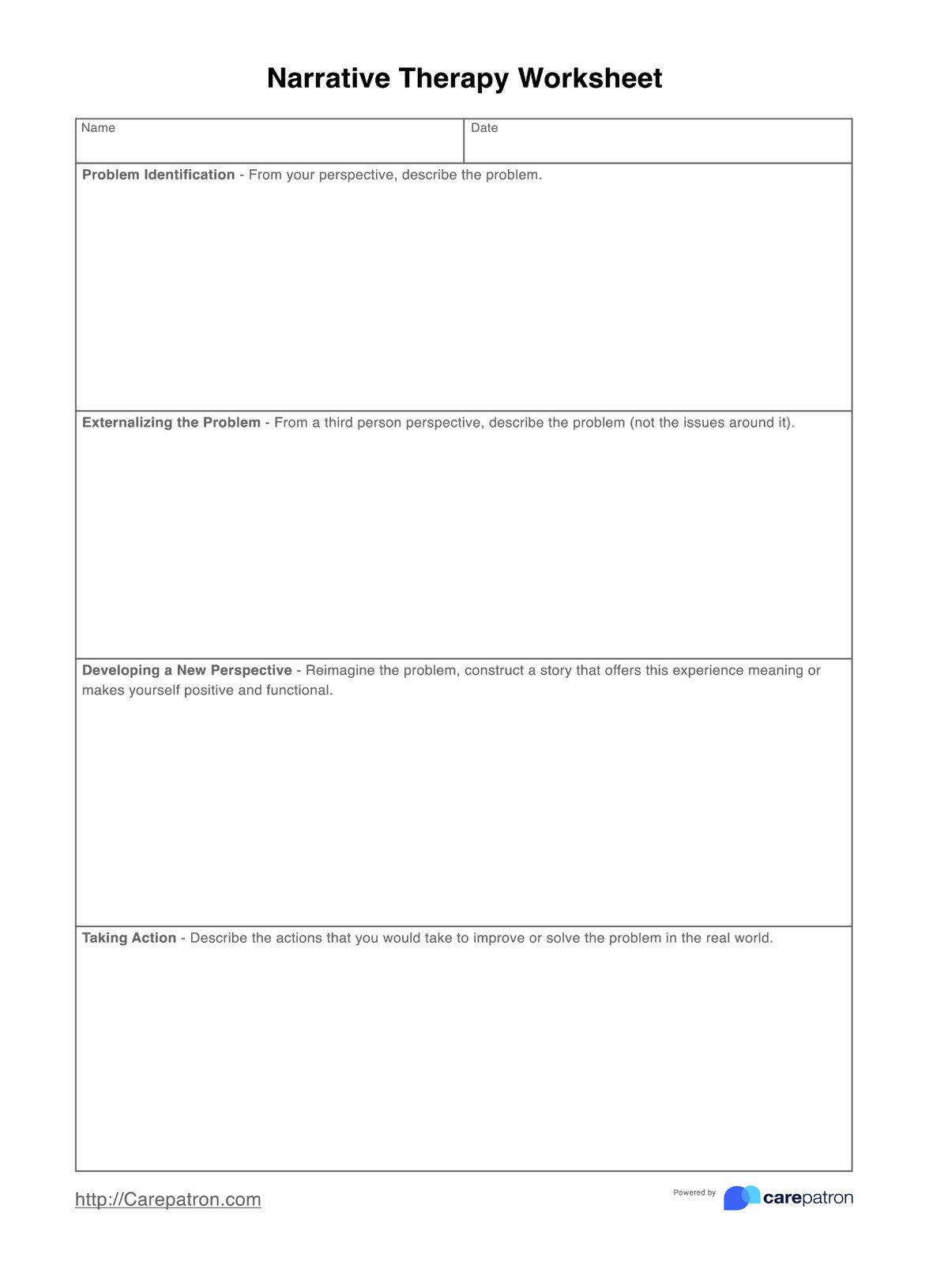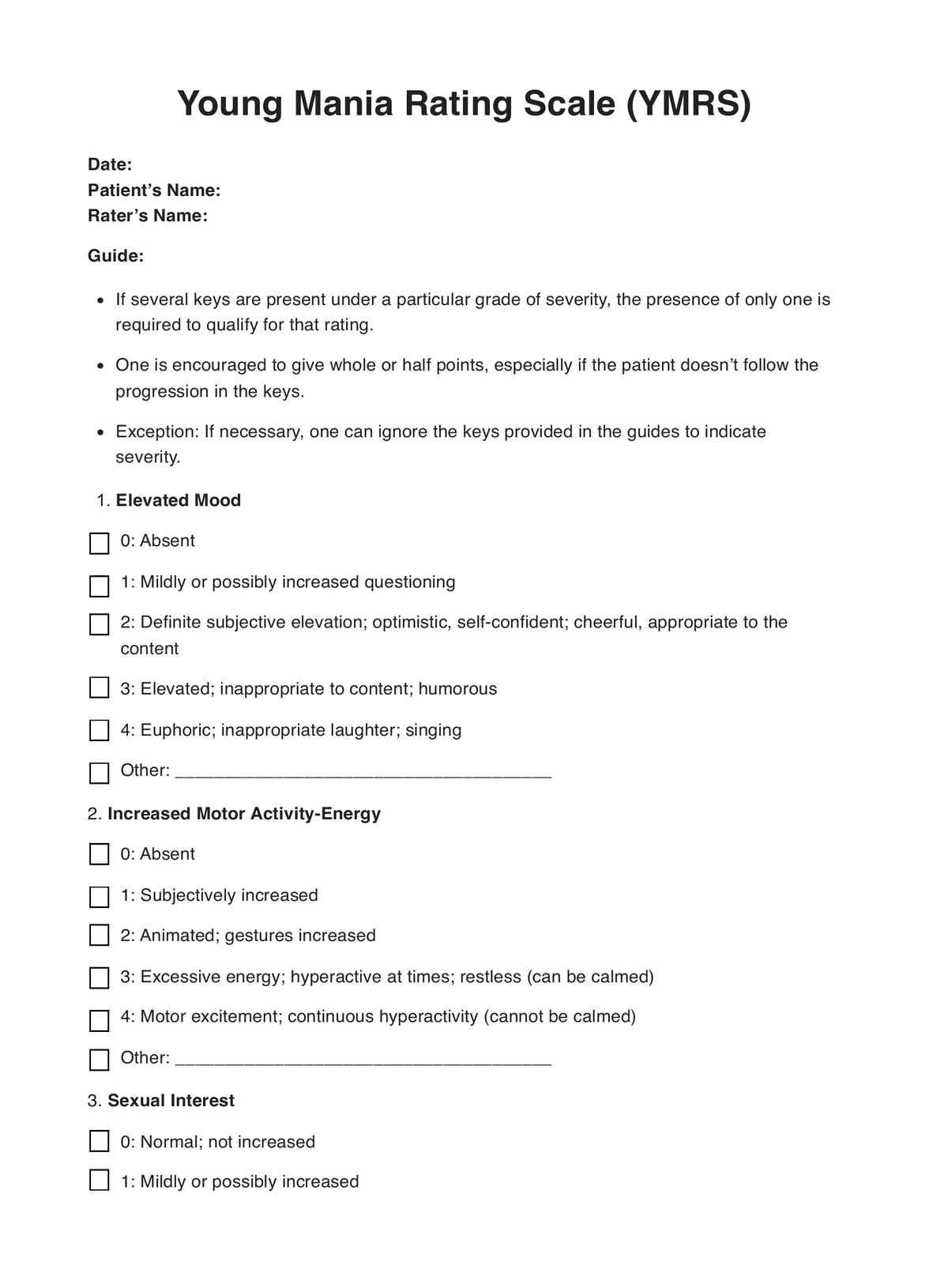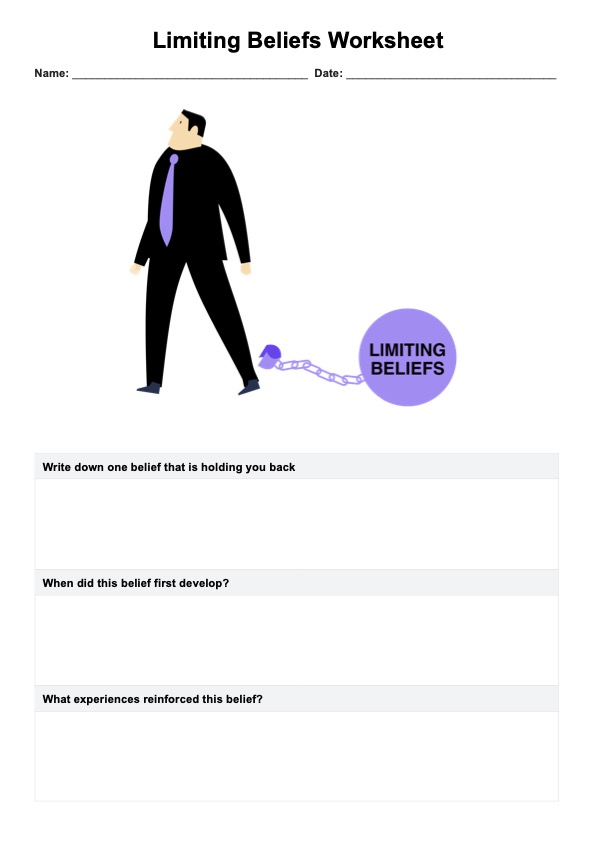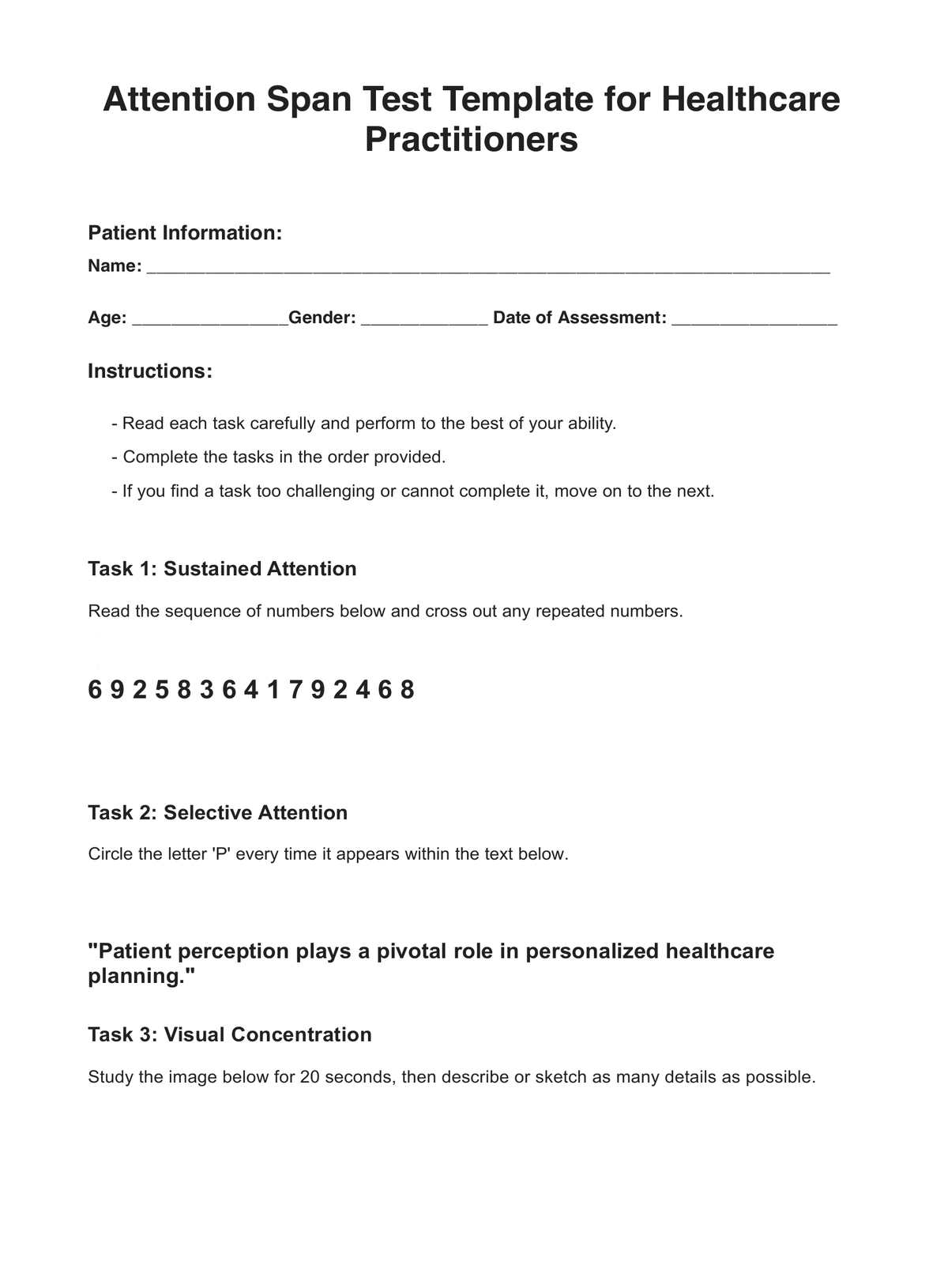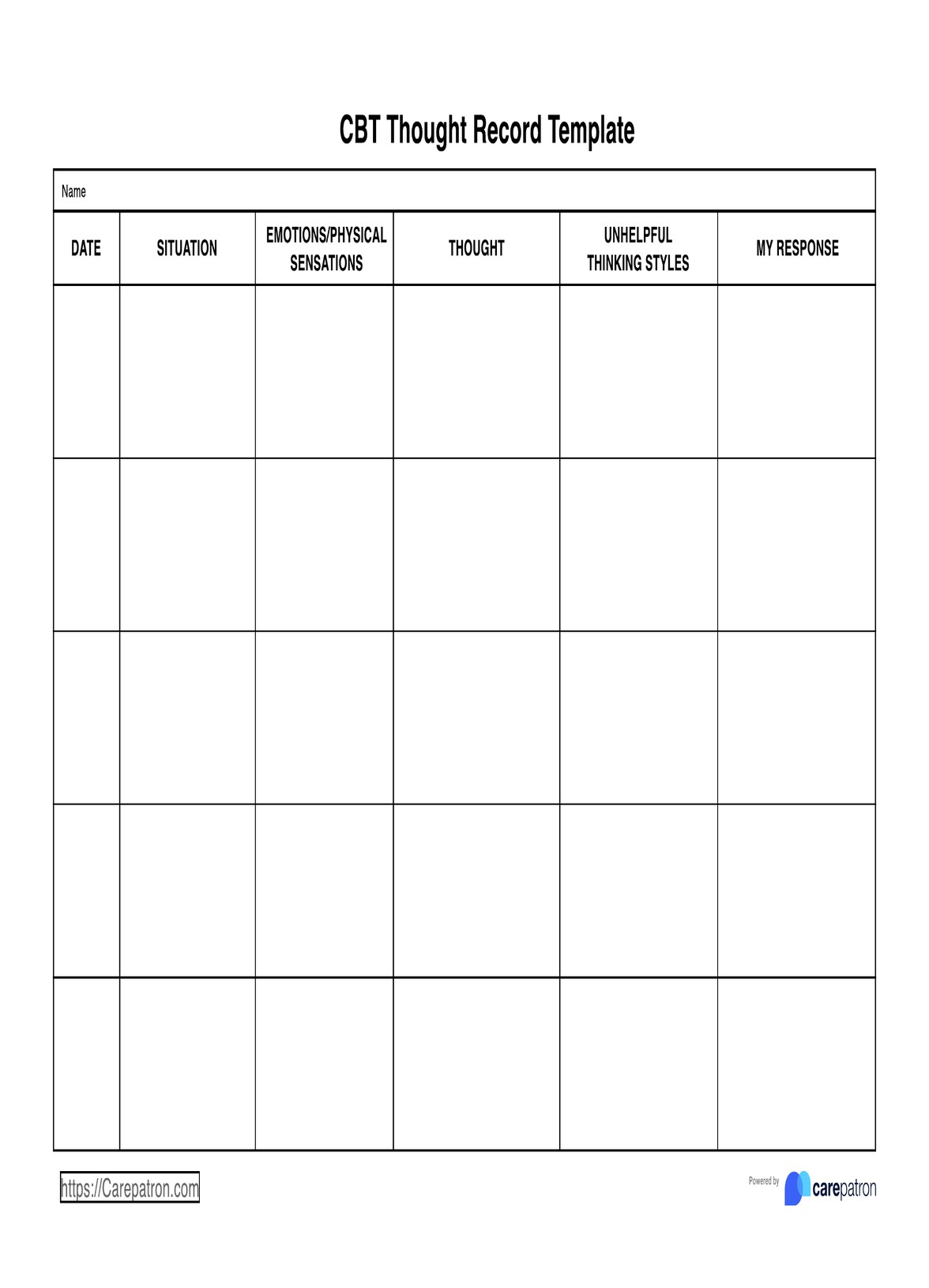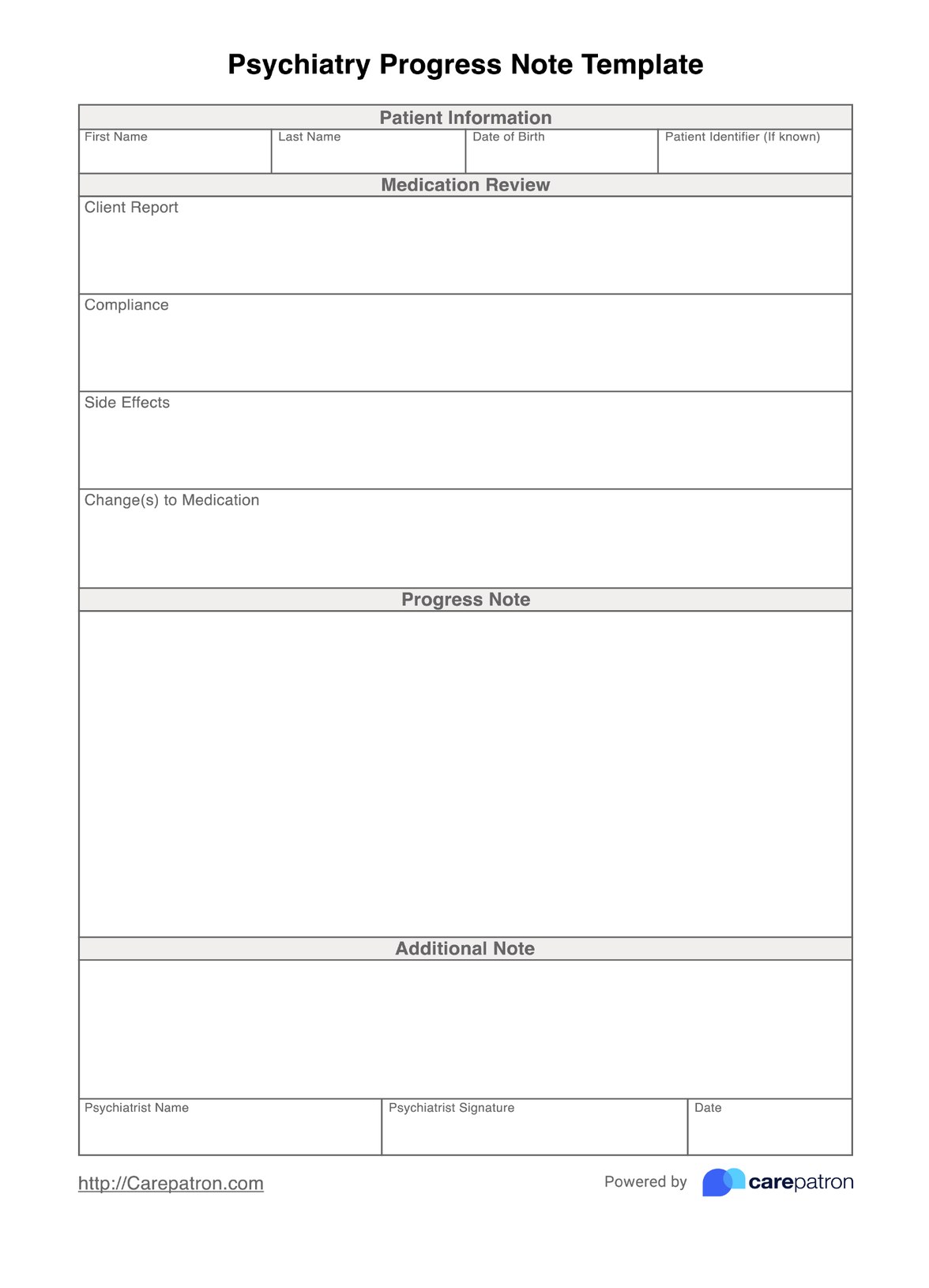Therapy Intake Form
Reduce the time spent on your intake process with our therapy intake form. Downloadable, accessible, and easy-to-use, this PDF template will automate your onboarding and improve client satisfaction.


What is a Therapy Intake Form?
When a new patient books an appointment at a therapy business, they are required to complete an intake form. Among other reasons, an intake form provides the practice with all of the information required to ensure they treat the patient appropriately. These forms typically include personal details, past medical information, social history, and insurance information. By requesting patients complete these forms prior to their first appointment, it will be guaranteed that the therapist is as well-informed as possible. In turn, it is much more likely that the patient will experience the correct intervention, a helpful treatment plan will be developed, and most importantly, the best possible clinical outcomes will be achieved.
Figuring out a way to streamline the intake process is in the best interest of all therapist businesses. It ensures that the time spent on administrative tasks is reduced, patients don’t have to spend as much time in the waiting room, and therapists can fit as many patients as possible into their schedules. For this reason, we have created an intuitive therapy intake form template that can be easily distributed to new patients, helping you save time while also improving your quality of care.
Therapy Intake Form Template
Therapy Intake Form Example
How to Use This Template for Therapy Intake Forms
As I’m sure you know, the purpose of streamlining any type of administrative task at a healthcare practice is to elevate efficiency and reduce any type of wasted time. For this reason, we’ve tried to ensure that utilizing our therapy intake form template is as simple as possible. To maximize your usage of the template, just follow these steps:
Step One: Save the PDF
The first thing you need to do is click on the link to the template (it is slightly further down this page) and it will open in a PDF reader. You can edit it directly from here or you can save it to your device.
Step Two: Distribute the form to patients
When a new patient books an appointment at your practice, you need to distribute the intake form to them. To do this effectively, you have a couple of options. You can either send them the form online and they can fill it out prior to the day of their appointment, or you can give them a physical copy when they come into the practice. Although both of these options are fine, for efficiency reasons we recommend asking patients to fill out the intake form prior to the day of their booking. In addition to improving productivity, this also negates the hassle of printing out hundreds of forms!
Step Three: Upload data to your system
After the patient has completed the intake form, you need to upload the data into your practice’s system. This ensures that therapists have access to information in real time and can make appropriate and well-informed decisions.
Who Can Use this Printable Therapy Intake Form (PDF)?
Our therapy intake form has been designed primarily for use in therapy practices. There isn’t a specific differentiation for patients, so regardless of whether you treat children, adolescents, young adults, adults, or elderly clients, this intake form will be applicable to them. Further, we are aware that there are various kinds of therapy fields that you may be trained in and each of these can incorporate our intake form template into their practice:
- Grief Therapists
- Trauma Therapists
- Psychotherapists
- Marriage and Family Therapist
- Divorce Therapist
- Substance Use Therapist
- Behavioral Therapist
- Cognitive Therapist
Although not specifically designed for these healthcare specializations, the therapy intake form can also be suited to psychologists and counselors when they are completing an intake process with a new patient.
Why is This Form Useful for Therapists?
Our intake form has a range of different uses for therapists during their day-to-day lives. Some of these uses include:
- Automate the intake process: The primary use of the intake form is its ability to automate the intake process. When new patients sign up for a therapy practice, it’s important that they give the business this kind of information, but this process can become lengthy and complicated when it isn’t streamlined. With our intake form, you can improve automation and ensure patients can quickly and easily start therapy at a new practice.
- Organization: In addition to automating intake, these forms will help improve organization at your practice. The information is laid out in a clear and cohesive way, ensuring that your documentation is well organized.
- Saves time: One of the best aspects of using premade templates like our intake form is the amount of time it will save you. You can store these intake forms accessibly and streamline the onboarding process without reducing the accuracy of the data that you gather - it’s a win-win!
.png)
Benefits of Printable Therapy Intake Forms
Before you make the decision to introduce a new resource into your therapy practice, it’s understandable that you want to assess the benefits it will have. Fortunately, utilizing a printable therapy intake form is bound to have a wide range of different advantages for your practice, including the following:
Improve the accuracy of medical information
Importantly, using a therapy intake form will improve the accuracy of the medical information that your practice collects from its patients. We have ensured that all necessary information is included within the intake forms so all patients have to do is complete the relevant sections and they will be good to go.
Patients won’t have to complete paperwork
Our intake form offers you the option for completing online. You can send a link to the form to your patients virtually, and once complete, they can send you the finished copy. This means they won’t have to spend ages completing physical paperwork prior to their first appointment, and can instead finish these forms in an organized and efficient way.
Reduce expenses
If you decide to complete the intake process entirely online, you will be able to save your therapy practice a lot of time. You will no longer have to buy paper, ink cartridges, pens, printers, or copiers. As a bonus advantage, going paperless is also much better for the environment!
Prevalidate insurance
Validating insurance can be a time-consuming task that gets in the way of receiving timely reimbursements. If your patient’s insurance provider isn’t validated, there’s no way of knowing who is responsible for making the payment. Our intake form includes insurance information, and you can get this validated immediately to guarantee a seamless reimbursement process.
Informed clinical decisions
Storing accurate medical data pertaining to all of your clients will contribute to more informed clinical decisions and better clinical outcomes. Therapists can’t make good treatment decisions if they don’t know the medical histories of their clients, and this intake form ensures this doesn’t become an obstacle.
Applying this intake form template can enrich your practice and elevate client satisfaction.
Commonly asked questions
Because different patients will have diverse needs, it can be hard to know exactly what to include on a therapy intake form. There are some essentials that will assist in onboarding a client and ensuring the first appointment runs smoothly. These include:
- Client personal details including name, address, DoB, contact details, and emergency contact person.
- Insurance information
- Past medical history (including whether or not the client has previously received therapy services).
- Reason why the client is seeking therapy services
- Goals for therapy and what the client wants to achieve
Although there are various other kinds of information that you may choose to include in your intake form, including asking for more specific details about intervention preferences and treatment plan goals, it is a good idea to keep your intake forms as brief as possible. During your first session with the client, you can always ask follow-up questions to determine further information.
Although these forms differ from other kinds of clinical documentation, like progress notes, they still contain private patient information. As such, it is critical that they are stored in a secure way. You have a couple of storage options: you can either store them using a physical (and secure) storage place, or you can keep them online. We recommend the latter option, as most online platforms have high-quality safeguards in place to protect patient information.
Intake forms serve a variety of purposes but their biggest role is to provide therapy practices with the information required to treat a patient appropriately. In addition to medical history, this also includes insurance information and personal details, to ensure the care delivery process is as transparent as possible.


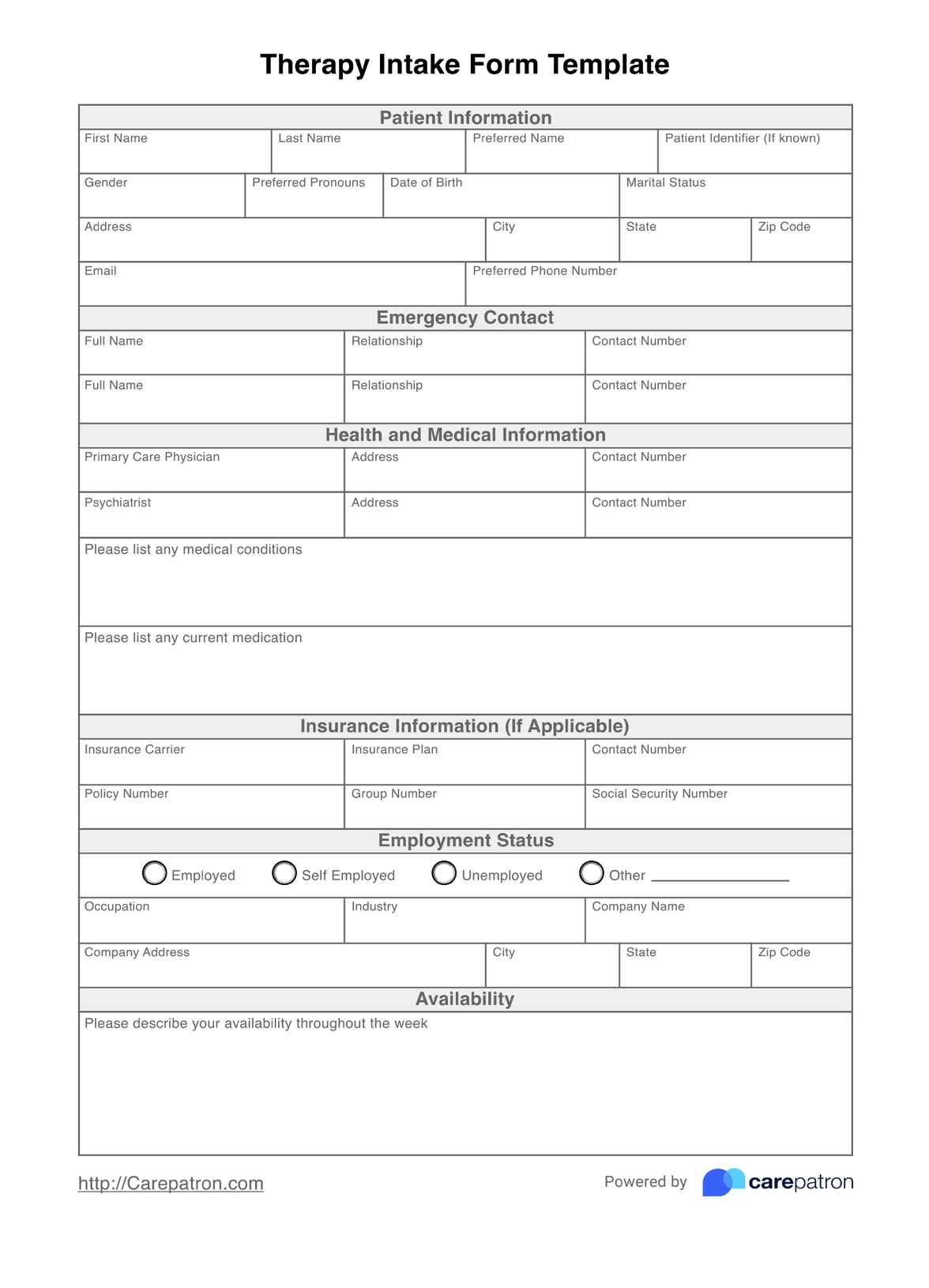
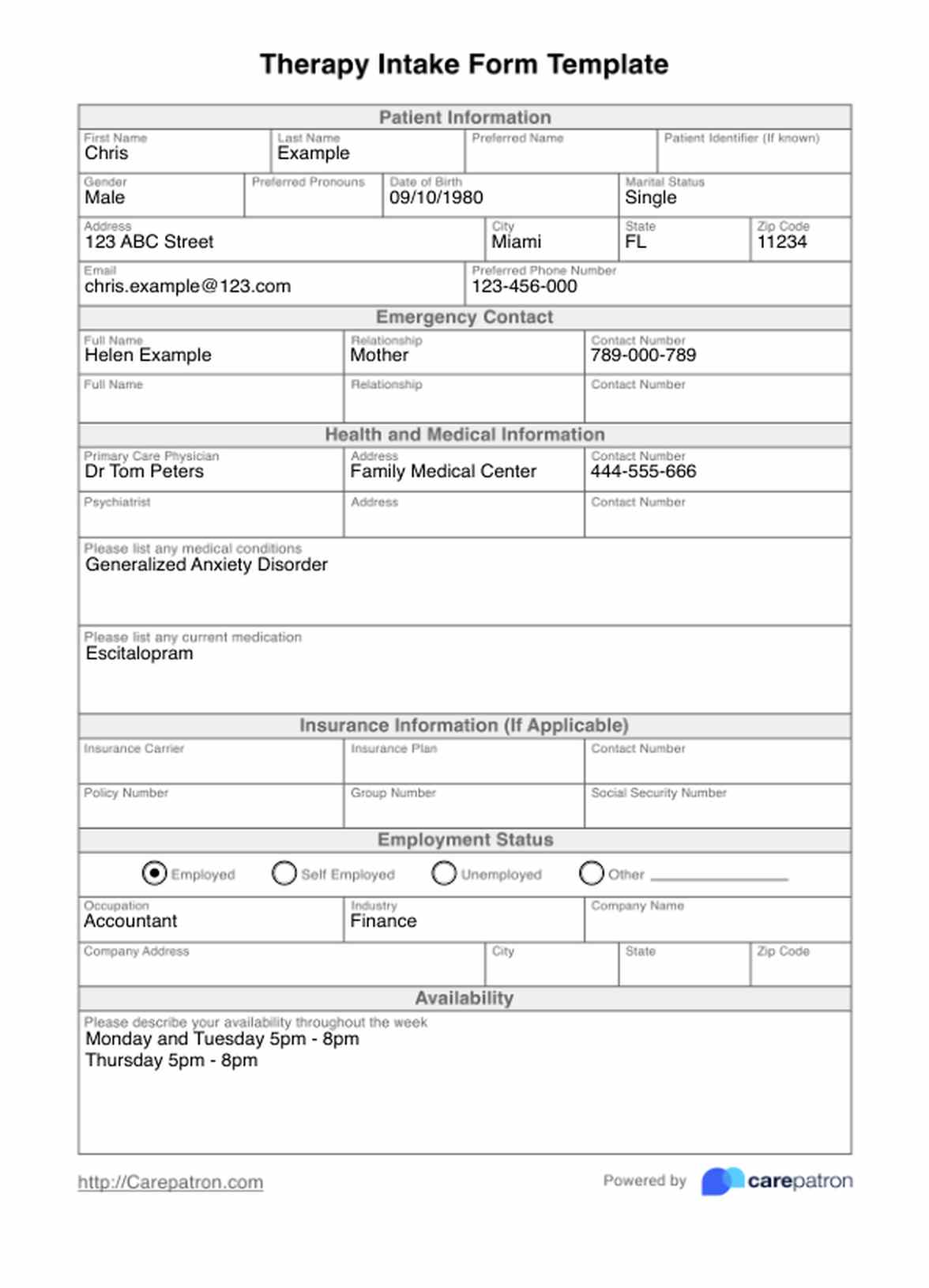

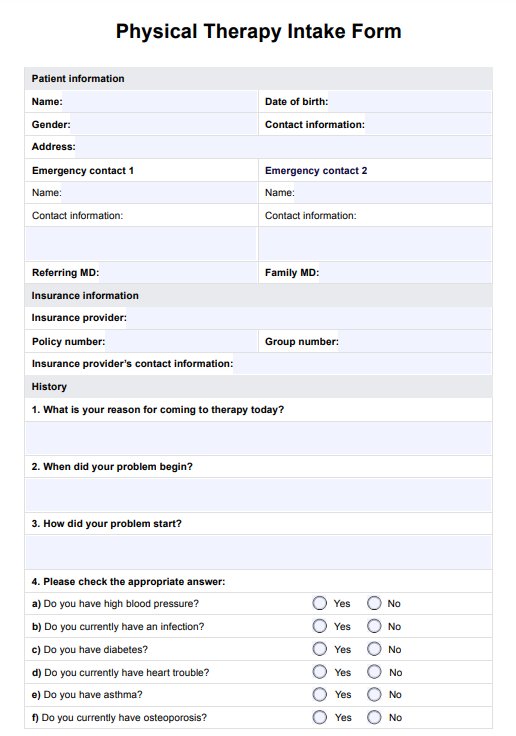
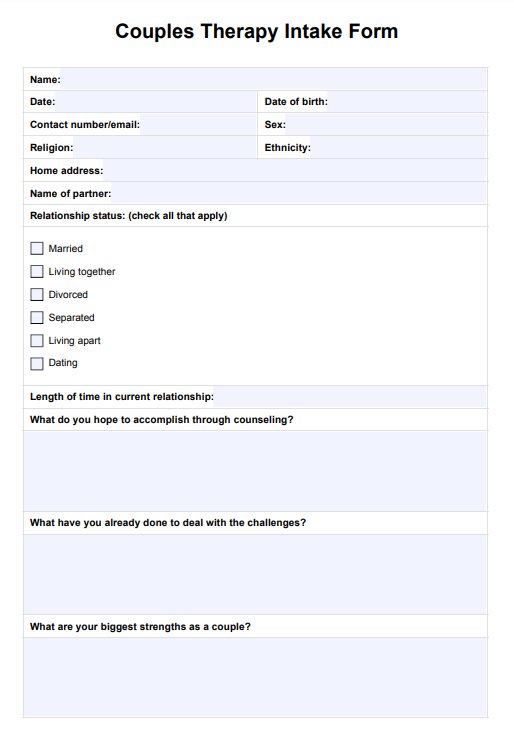
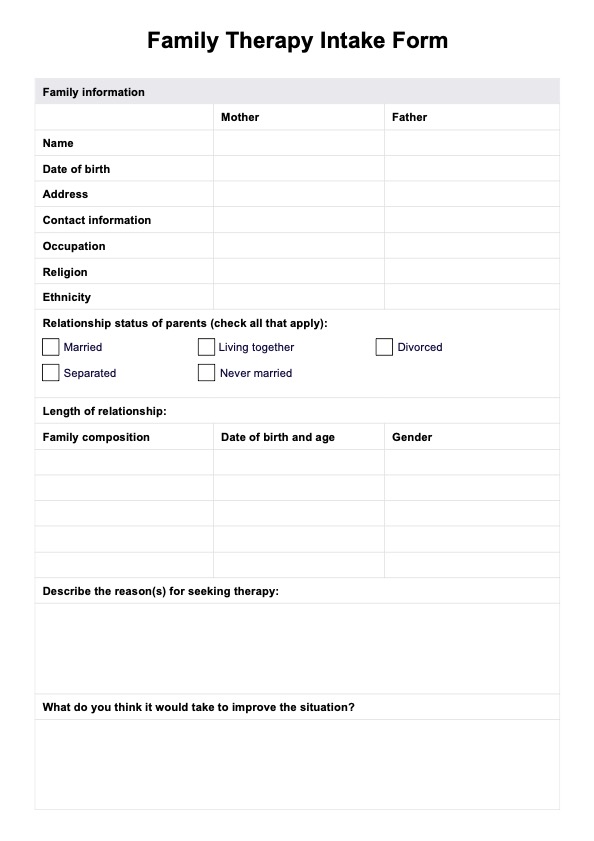












-template.jpg)























































































